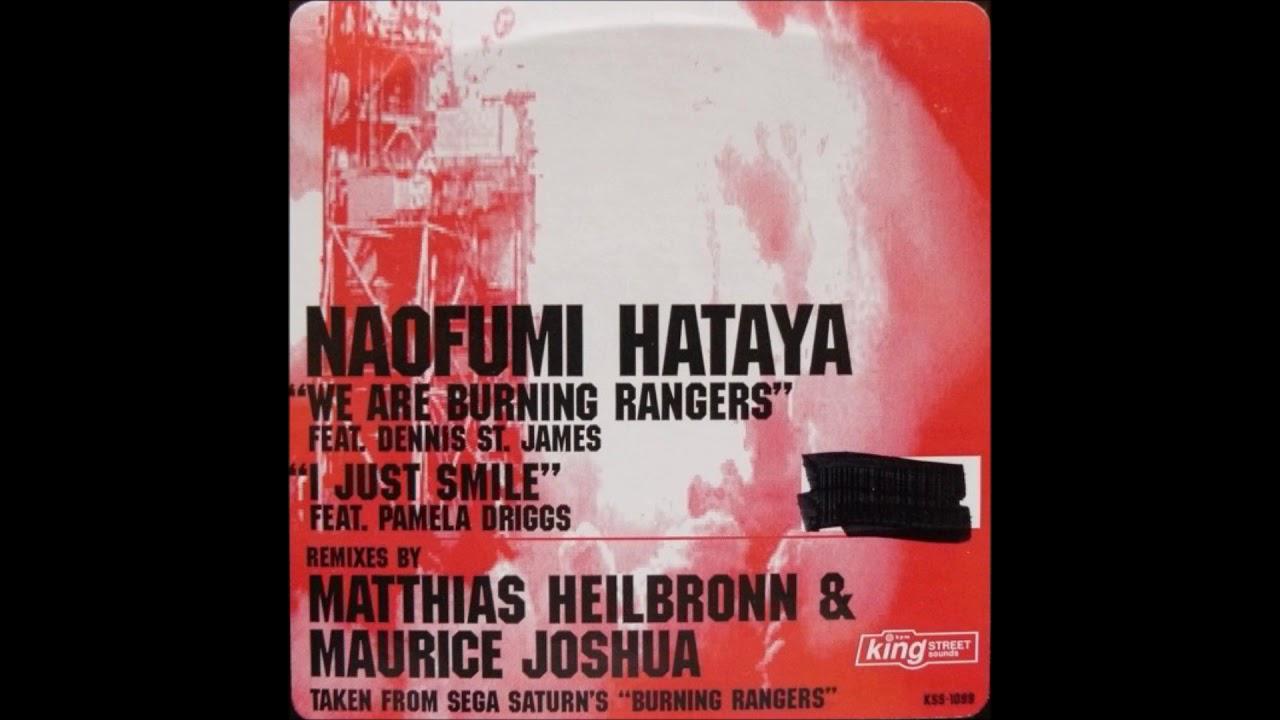Naofumi Hataya
 JPNJazz, Jazz Fusion, Funk
JPNJazz, Jazz Fusion, Funk

 JPNJazz, Jazz Fusion, Funk
JPNJazz, Jazz Fusion, FunkJapanese musician Naofumi Hataya is renowned for his contributions to the jazz fusion genre. His music has a distinctive tone that draws listeners in because it combines jazz and rock elements. Hataya has distinguished himself in the jazz world with his outstanding guitar prowess and love of improvisation.
His music is known for its complex rhythms and delicate melodies, which highlight his technical prowess. Hataya takes a progressive approach to jazz fusion, mixing in elements of funk, soul, and even electronic music. His music may make you feel a variety of things, from energized and joyful to inward and reflective.
In the jazz fusion genre, Hataya has made a name for himself as a pioneering performer by consistently pushing the envelope. He has developed a reputation as one of Japan's most dynamic and forward-thinking musicians thanks to his music, which is a testament to his commitment and enthusiasm for the genre.
Successful Japanese Jazz Fusion artist Naofumi Hataya is responsible for some of the most well-known jazz tracks. His best songs are "Stardust Speedway Zone Act 2," "ruvuruMei Shu Guan Qin Ru," and "Metallic Madness Zone Act 2." These songs highlight Naofumi's distinctive musical style, which fuses jazz, funk, and fusion genres to produce a sound that is both modern and classic.
"Metallic Madness Zone Act 2," one of Naofumi's most well-known songs, was included in the video game Sonic Mania. This tune perfectly reflects the fervor and thrill of the game with its powerful beat and funky bassline. Gamers have commended Naofumi for writing music that perfectly accompanies the action on screen.
RuvuruMei Shu Guan Qin Ru, which translates to "Infiltration of the Louvre Museum," is another outstanding track by Naofumi. A jazzy piano melody and a funk bassline give this song a joyful, energetic air. The song has received accolades for its upbeat mood and catchy melody, which elevates it to the top of any Jazz Fusion playlist.
Naofumi has also released the hit songs "Vs. Metal Sonic," "Stardust Speedway Zone Act 1," and "Stage 12: Mystic Mansion." These songs highlight Naofumi's musical flexibility as he deftly combines many genres to produce a distinctive sound that is all his own. Overall, Naofumi Hataya is a gifted Jazz Fusion musician who is responsible for some of the genre's most well-known compositions.
Jazz and Jazz Fusion specialist Naofumi Hataya, a Japanese musician, has worked with other musicians on a number of occasions. His collaborations with Tee Lopes and Jun Senoue may be seen in "Metallic Madness Zone Act 2," "Vs. Metal Sonic," "Stardust Speedway Zone Act 2," and "Stage 12: Mystic Mansion," among other noteworthy titles.
One of the more notable collaborations is "Stardust Speedway Zone Act 2," on which Hataya worked with Brazilian-American composer Tee Lopes. In this tune, Hataya's proficiency in Jazz Fusion and Lopes' knowledge in electronic music production combine to produce a distinctive and captivating sound.
Another well-known partnership is "Stage 12: Mystic Mansion," where Hataya collaborated with a Japanese video game composer named Jun Senoue. Senoue's rock and electronic music background is merged with Hataya's jazz influences in this tune to create a unique and dynamic sound that perfectly complements the mood of the game.
Overall, Naofumi Hataya's work with Tee Lopes and Jun Senoue has produced some of the most thrilling tracks in video game soundtracks, fusing several musical styles to produce distinctive and enduring sounds.